Your Child Will Learn
Drawing and recognizing complex shapes
Here’s What to Do
- Before you head outside, print out or draw a shape chart that looks like the example chart. Ask your child to practice drawing each of the shapes (circle, triangle, square, rectangle, oval, diamond/rhombus, pentagon) in the left column.
- Bring your chart and something to write with, then set a timer for 10-15 minutes and go outside.
- Look for shapes in the world around you (examples: rectangle door, circle bicycle wheel, pentagon sign). Ask your child to put a small tally mark (short line) on the chart to count each shape they find.
- When the timer goes off, count the tally marks for each shape. Which shape did you find the most? The least?
Put PEER Into Action
PAUSE
- “Let’s first make a chart so we can keep track of all the shapes we find.”
ENGAGE
- “Let’s look at this building. What shapes do you see on the outside of the building?”
- “Our chart says we haven’t found any triangles yet. Do you see any triangles?”
ENCOURAGE
- “Diamonds are tricky to draw. I’ll draw one here first, and see if you can match it.”
- “Oops! You’re right that the sign looks kind of like a square, but it’s actually a rectangle. Squares have sides that are all the same length, but see how the top and the bottom are longer than these other two sides? That’s a rectangle.”
REFLECT
- Do you think our chart would look the same if we did a shape hunt somewhere else? Why or why not?
Not Quite Ready
Hunt for only simple shapes (circle, triangle, square).
Ready for More
Hunt for 3D shapes (like spheres, cubes, and cones).
As Your Child Masters This Skill
They will better understand different shapes’ characteristics and identify shapes with more accuracy.
Time to Complete
15-20 minutes
Materials Needed
Shape Hunt Tally Chart print out, or draw chart on a piece of paper; something to write with.
